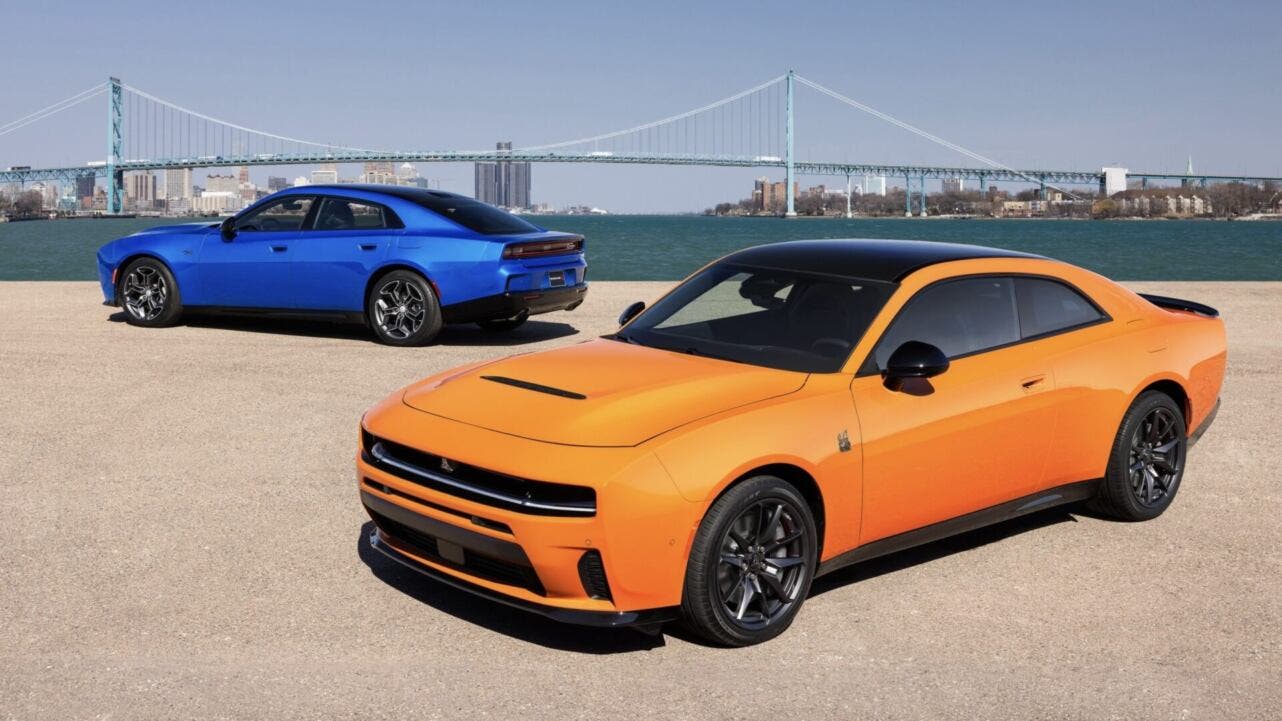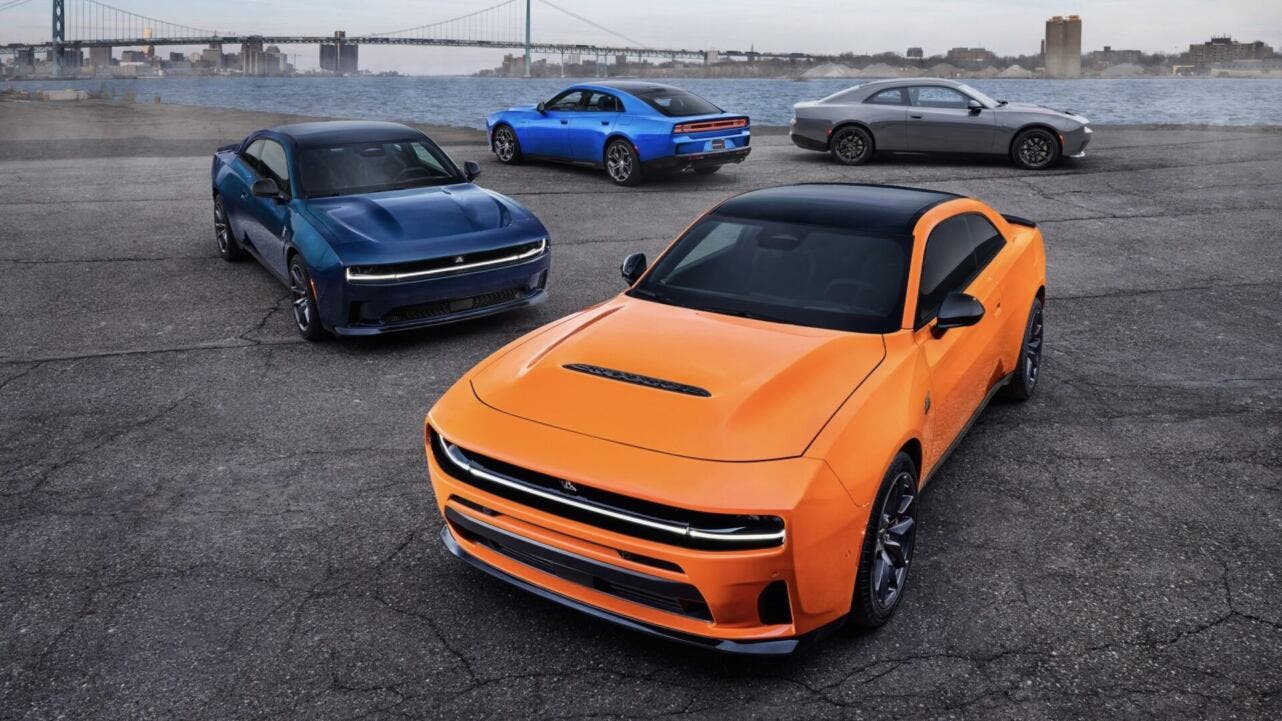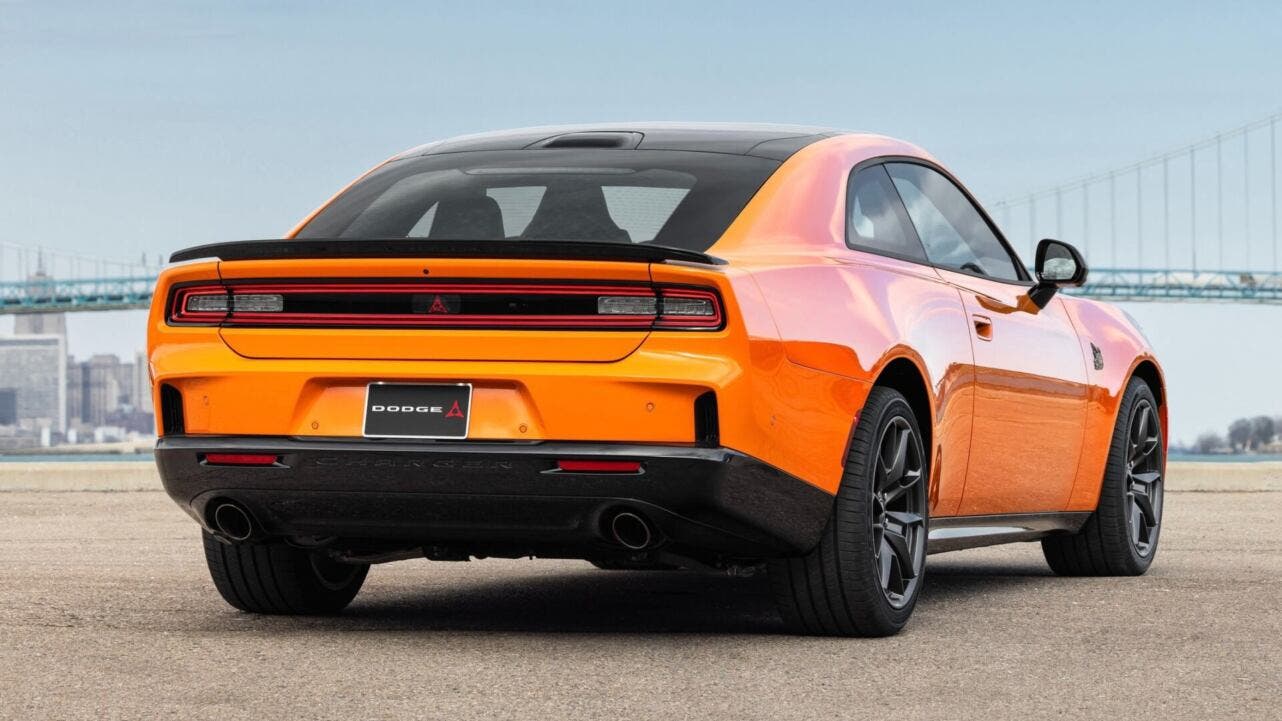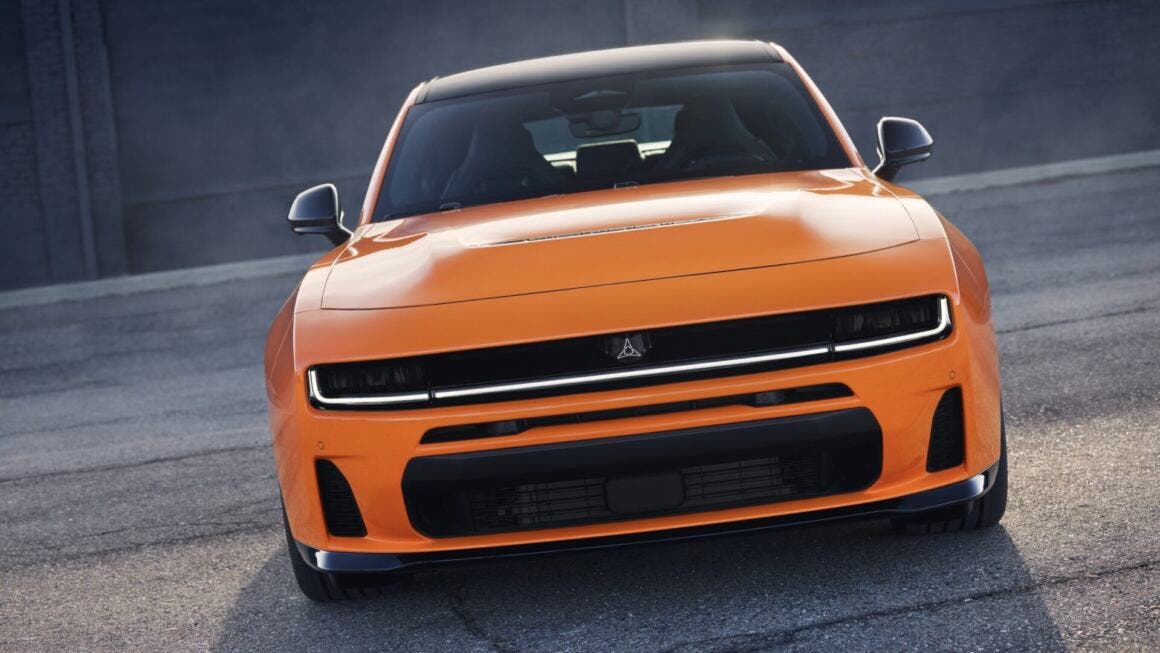The Dodge Charger Sixpack marks the long-awaited return of combustion engines to America’s most beloved muscle car. The move was almost inevitable after the underwhelming debut of the all-electric Charger Daytona, which, despite initial hype, delivered sales numbers far below expectations. Listening to its fanbase, Stellantis decided to complement the EV with a model powered by the new Hurricane twin-turbo inline-six, bringing back the authentic roar that made the Charger famous.
Dodge Charger Sixpack: the Return of combustion power to save an American icon

The Dodge Charger Sixpack lineup will consist of two versions, both featuring all-wheel drive with the ability to disconnect and send power exclusively to the rear wheels. The R/T, equipped with the Standard Output engine delivering 420 hp and 468 lb-ft of torque, serves as the entry point into the Sixpack world. The more aggressive Scat Pack uses the High Output variant with 550 hp and 531 lb-ft, sprinting from 0 to 60 mph in just 3.9 seconds and reaching a top speed of 177 mph. Even without the V8 of the past, these figures confirm Dodge’s commitment to keeping the Charger at the top of the high-performance muscle car segment.
Beyond the powertrain, the Sixpack comes with technical and styling updates that elevate its sporting character. The eight-speed TorqueFlite automatic transmission with axle disconnect ensures smooth yet responsive shifts, while the active exhaust delivers the signature growl of Dodge performance models. A revised chassis, widened stance at nearly 80 inches, and dedicated suspension setup provide more stability and driving engagement, engineered for both road and track.

Inside, the Sixpack doesn’t disappoint. It features a 10.25-inch digital cluster and a large 12.3-inch central touchscreen running Uconnect 5. Depending on trim, sport packages offer bolstered seats, carbon fiber accents, and suede upholstery, emphasizing the car’s grand-touring muscle identity.
The Sixpack will be offered as both a two-door coupe and a four-door sedan, with pricing set to remain competitive. In the U.S., the lineup starts at $51,990 for the R/T coupe and $53,990 for the sedan, while the Scat Pack is priced at $56,990 and $58,990 respectively. In Canada, Stellantis has confirmed $62,290 CAD for the R/T and $72,290 CAD for the Scat Pack, with around a CAD $3,000 premium for the four-door versions.

Market launch is scheduled for Q3 2025, ahead of the original timeline, a strategic move showing Dodge’s strong commitment to this version as a way to balance the EV transition with a product designed to win over purists.
Finally, there’s still speculation about the possible return of the Hellcat V8. CEO Matt McAlear hasn’t ruled it out, reminding enthusiasts that the STLA Large platform was engineered to host multiple engine types. Nothing has been confirmed yet, but the simple fact that Dodge hasn’t closed the door on the V8 keeps fans buzzing with anticipation.
